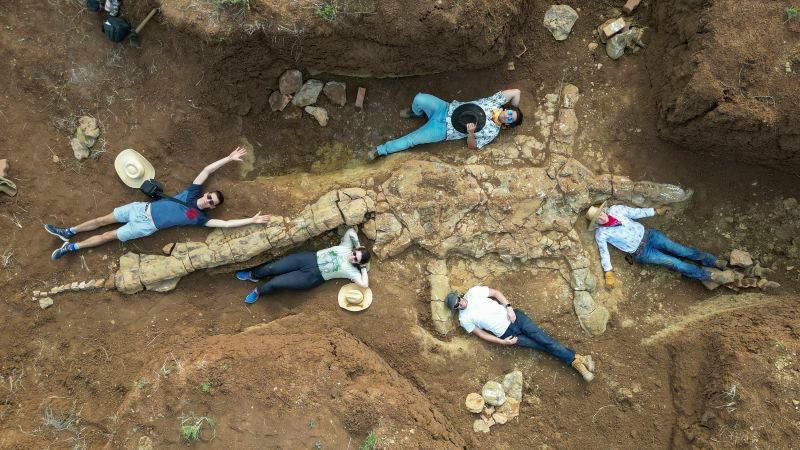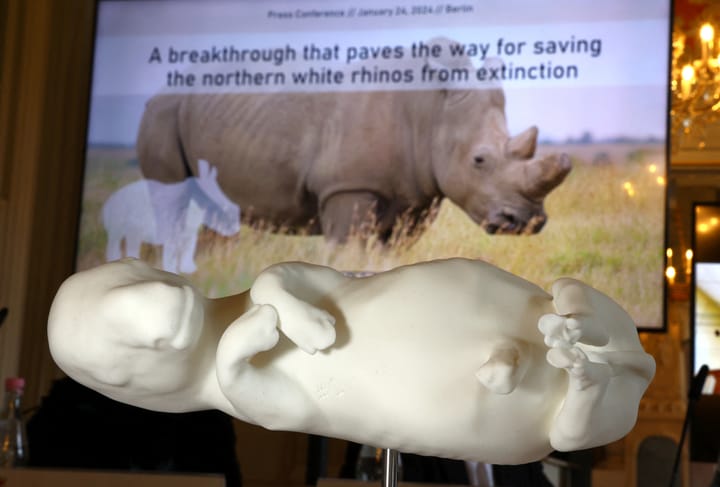New fossil find could hold the key to dinosaur research
Who doesn't love dinosaurs?

A few minutes every morning is all you need.
Stay up to date on the world's Headlines and Human Stories. It's fun, it's factual, it's fluff-free.
Who doesn't love dinosaurs? Human beings are so curious about them that we have, like, a billion Jurassic Park movies. Most of them aren't even good, but they keep getting made because everyone wants to see tons of dinosaurs go bananas. It's just a fact.
Well, paleontologists make new discoveries all the time about these big lizard-bird things. Even though dinos went extinct 65 million years ago, we're learning more about them every day. And paleontologists aren't the only ones digging for pieces of the past. Some people treat fossil hunting as a fun, educational hobby. Some amateur fossil hunters have even found some of the most valuable relics from prehistoric times. In fact, "Sue the T. rex," the most complete dino skeleton found to date, was discovered by an amateur paleontologist.
This past August, amateur fossil finders in Australia discovered a true game-changer: the skeletal remains of a giant 100 million-year-old plesiosaur. The three women who found made this discovery call themselves the "Rock Chicks." They are Cassandra Prince, her sister Cynthia Prince and their cousin Sally, who doesn't use a last name.
Now, researchers have realized how important this find really is. Dr Espen Knutsen, a paleontology curator for the Queensland Museum, explains, "We were extremely excited when we saw this fossil– it is like the Rosetta Stone of marine paleontology as it may hold the key to unraveling the diversity and evolution of long-necked plesiosaurs in Cretaceous Australia. We have never found a body and a head together and this could hold the key to future research in this field.
"Because these plesiosaurs were two-thirds neck," he continues, "often the head would be separated from the body after death, which makes it very hard to find a fossil preserving both together." The dinosaur has been given the nickname "Little Prince," after its finders. He has his neck and head but is missing a flipper, which could've been bitten off by a kronosaur.
During the Cretaceous period, Queensland, Australia, was underwater. So, the fossils that are found there today belong to marine life.




Comments ()